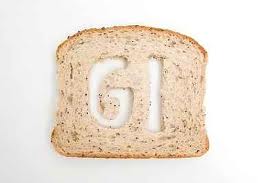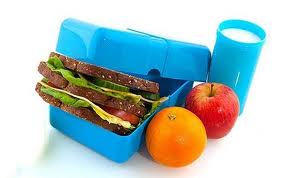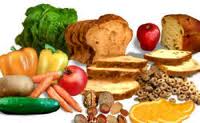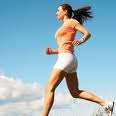What is Glycaemic Index (GI)?
Glycaemic Index is a measure of how high your blood sugar gets after eating a food. It was originally designed to help people with diabetes to make better food choices but research has found that it might be useful in helping people to get to and stay at a healthy weight.
How does GI help with weight?
High blood sugar from high GI foods cause increases in the amount of insulin your body makes. Insulin helps to lower blood sugar levels after a meal but it also is important in helping your body to store other nutrients including fat. High levels of insulin encourage your body to store fat, rather than burn it. This means that when blood sugar increases it can encourage your body to store fat.
When you eat low GI foods your blood sugar level stays lower (but not too low) and so insulin stays lower and this can encourage your body to burn fat. Low GI foods are also more satisfying and help keep your metabolism running faster. This is why they are important for helping anyone to lose weight or to keep off weight they have already lost.
Which foods are low and which are high GI?
Only foods with carbohydrate can raise blood sugar levels. Any foods with no carbohydrate are low GI foods. Foods with no carbohydrate include meat, chicken, fish and eggs.
|
High GI Foods |
Low GI Foods |
|
• Most breads – brown or white • Potatoes • Cooked fruit • Some root vegetables e.g. parsnips • Foods high in sugar e.g. soft drinks, sweets, biscuits, cakes, etc • Popcorn • Crisps
|
• Porridge, high fibre breakfast cereals • Bread made with 50% oats or more • Pasta – brown or white • Brown rice and Basmati Rice • Pulses – beans, peas and lentils • Fresh fruit, fruit smoothies • Meat, poultry, fish, eggs • Dairy products • Most vegetables and salads
|





